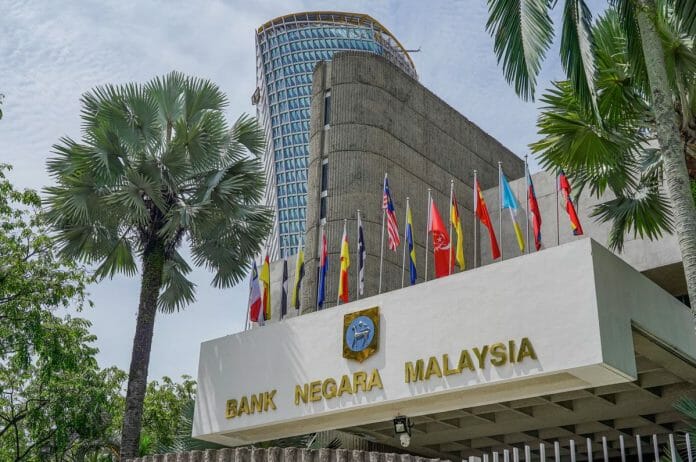The Monetary Policy Committee of Bank Negara Malaysia today decided to maintain the Overnight Policy Rate (OPR) at 3.00 percent, a move that was expected by most economists.
In a statement post the meeting, MPC said global economy continues to expand amid resilient labour markets in some countries and continued recovery in global trade. Looking ahead, the MPC said global growth is expected to be sustained, as headwinds from tight monetary policy and reduced fiscal support will be cushioned by positive labour market conditions and moderating inflation.
The MPC also noted that the global trade is expected to strengthen further as the global tech upcycle gains momentum. While global headline and core inflation continued to edge downwards in recent months, the pace for disinflation has slowed in some advanced economies. This increases the prospect of interest rates to remain high for longer, particularly in the US. The growth outlook remains subject to downside risks, mainly from further escalation of geopolitical tensions, higher-than-anticipated inflation outturns, and volatility in global financial markets.
For the Malaysian economy, MPC said the latest indicators point towards higher economic activity in the first quarter of 2024, driven by resilient domestic expenditure and a positive turnaround in exports. Going forward, the recovery in exports is expected to gather momentum supported by the global tech upcycle and continued strength in non-electrical and electronics goods. Tourist arrivals and spending are also poised to rise further. Continued employment and wage growth remain supportive of household spending. Investment activity would be supported by the ongoing progress of multi-year projects in
both the private and public sectors, the implementation of catalytic initiatives under the national master plans, as well as the higher realisation of approved investments. The growth outlook is subject to downside risks from weaker- than-expected external demand, and larger declines in commodity production.
Meanwhile, as for upside risks to growth, MPC adds it will mainly emanate from greater spillover from the tech upcycle, more robust tourism activity, and faster implementation of existing and new projects.
The outlook for the rest of the year is dependent on the implementation of domestic policy on subsidies and price controls, as well as global commodity prices and financial market developments. After incorporating the potential impact of subsidy rationalisation, headline and core inflation are projected to average between 2.0% – 3.5% and 2.0% – 3.0% for the year respectively.
BNM continues to argue that the ringgit currently does not reflect Malaysia’s economic fundamentals and growth prospects.









